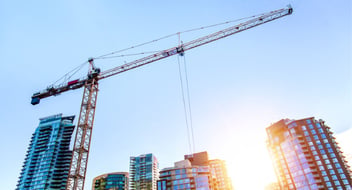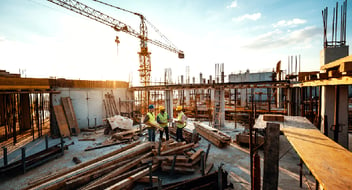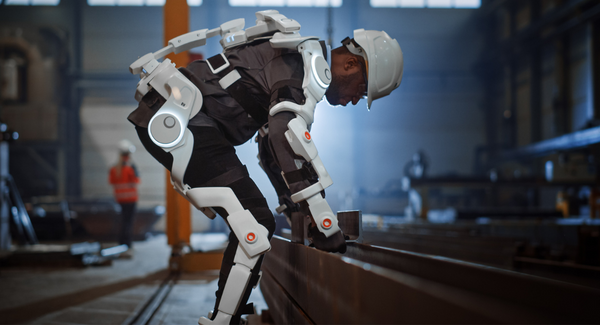
This blog was originally published on Openwage.
Wearable technology is gaining momentum in the construction industry. That’s because its benefits in promoting the health and safety of those working on-site and the working environment as a whole have been more widely recognized. Join us as we explore how wearable technology is revolutionizing health in construction.
The Risky Business of Construction
Health and safety in construction are a matter of life and death. The statistics make stark reading.
In 2021/22, nearly a quarter of all fatal injuries at work were in the construction sector. That’s according to an HSE report, ‘Workplace fatal injuries in Great Britain, 2022.’
When it comes to mental health, finances are one of the most common causes of anxiety among construction workers.
And critically, this sector has the highest rates of suicide of all industries in the UK.
It’s clear that more needs to be done to protect the health of workers. People who are physically and mentally stressed are less effective in the work they do. It also takes its toll on their productivity levels.
Poor physical health is costly for businesses too. Low levels of health are associated with higher absenteeism, disability claims, and compensation costs. For these reasons, employers are always striving to promote a healthier workforce.
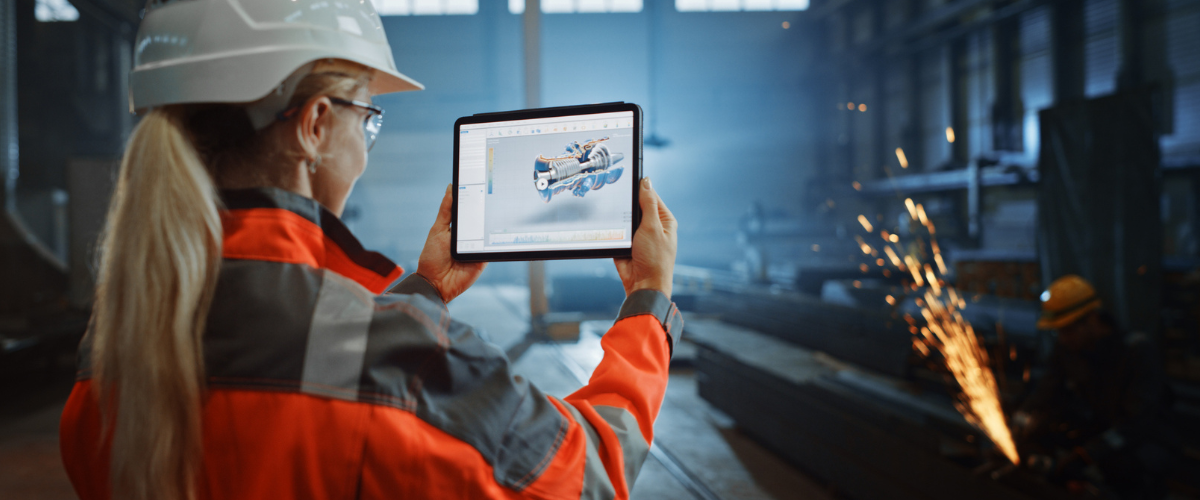
How Can Wearable Tech Help?
The Institute of Occupational Medicine found that effective use of data and technology could improve safety in the UK construction industry.
Wearable tech has become increasingly applied to construction settings. Factors for this include the pandemic, advances in technology, and the growing trend of using data to drive business decisions.
How COVID-19 Altered the Landscape
The pandemic was a key driver for the construction industry to increase investment in technology-based personal protective equipment.
Mixed reality technology such as Microsoft HoloLens was adopted by companies to overcome social distancing rules. This technology enables clients to see the progress of their projects through mixed reality. As a result, clients don’t need to visit a site in person.
This enabled projects to continue, thereby minimizing costly delays.
As wearable technology began to take off, employers noticed that it offered significant health benefits for construction workers.
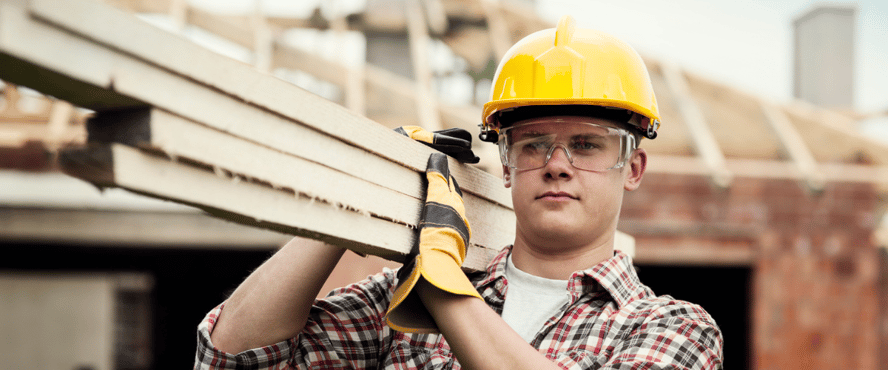
More User-Friendly Gear
The technology available to the construction industry is advancing at an “astounding rate.” That’s according to Jennifer Stiansen, Director of Marketing at JLG Industries.
Construction safety technology like safety goggles, smart boots, smart helmets, and power gloves, are becoming less costly, lighter, and more user-friendly.
Make Better Business Decisions With Data
Employers lose 1.6 million working days a year due to accidents at work.
Wearable technology can be used to address endemic problems in the construction industry like high accident rates, over-working, and labor shortages caused by accidents and illness.
Wearable devices can:
- Monitor a worker’s heart rate for signs of fatigue and stress.
- Monitor a worker’s activity and location.
- Detect when an accident occurs.
- Detect gas levels.
- Alert a worker to potential hazards.
- Send an alert for help when needed.
Devices provide workers with data that helps them to stay healthy by:
- Making them aware of potential hazards so they can proactively stay safe.
- Alerting them to signs that they need to take a break. Overworking and fatigue significantly increase the risk of accidents at work.
Data can help employers become aware of issues so they can take immediate steps to mitigate health and safety risks.
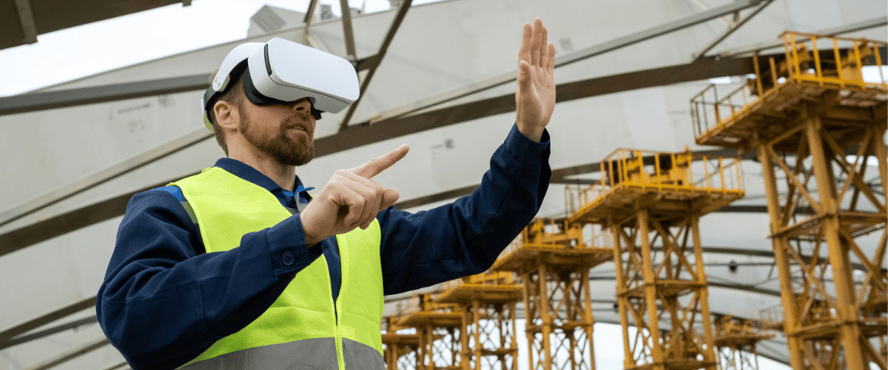
Examples of Wearable Technology
Wearable technology has many health benefits in construction. Let’s look at some examples.
1. Exoskeleton (or Exosuits) Enhance Human Capabilities
Exoskeletons (or exosuits) are lightweight machines construction workers wear to aid movement and support their bodies. They’re useful for strenuous, repetitive tasks.
Different exoskeletons in construction are designed for specific types of movement, for example:
- Someone who lifts and holds heavy tools above head height for much of the day can benefit from wearing an exoskeleton to reduce strain on their arms and shoulders.
- A worker who spends much of their day picking up and grasping heavy tools might wear power gloves to increase their grip and support their muscles.
Each day, construction workers perform tasks that put them at high risk of injury. The biggest cause of accidents in the UK construction industry is musculoskeletal disorders.
These disorders are caused by heavy lifting, regular overhead work, and performing repetitive tasks involving force.
As well as reducing the risk of injury, exoskeletons can increase productivity by enabling workers to carry out a task without straining their bodies.
Exoskeletons can also help ease the labor shortage in construction. This is because workers with lower levels of physical fitness can remain in the industry longer, and they can help prevent injuries that lead to worker absenteeism.
2. Smart Helmets Reduce the Risk of Collisions On Site
Smart helmets in construction combine the protection of a normal hard hat using Internet of Things (IoT) technology.
Using IoT, these helmets connect the wearer to a control center. Data such as the wearer’s location, heart rate, oxygen saturation level, and skin temperature are tracked for safety management.
Using sensors, helmets can also detect dangers in the environment. For example, the proximity warning system, Sitezone, alerts pedestrians and machine operators to potential collisions.
With the Sitezone system, pedestrians wear a tag on the back of their hard hat, which creates an alert if they get too close to plant equipment. This reduces the risk of collisions and accidents.
3. AR Eyewear Help Prevent Costly (and Dangerous) Errors
AR (augmented reality) eyewear has many applications in the construction industry. This powerful technology enables architects to see their projects in real spaces, so they can identify problems before they arise.
Using augmented reality in construction prevents costly mistakes, which reduces the time workers are on site redoing work. The less time workers are on site, the lower the health and safety risks.
With AR eyewear, workers can be warned of potential dangers through their visual display. Glasses can also display prompts and guides to prevent workers from making mistakes.
Research has shown that 90% of accidents at work are caused by human error, so this is a major advantage (Postnote, Parliamentary Office of Science and Technology, June 2001).
AR eyewear can also be used to train unskilled workers. As the construction industry is facing a massive skills shortage, AR glasses can be used on-site to instruct new workers. This reduces the need for as much in-person training.
4. Smart Boots Help Protect Workers From Fatigue
Smart boots have GPS, LED lights, and sensors that monitor a worker’s physical condition and environmental factors.
Using kinetic energy, smart boots can monitor workers for fatigue and warn them against environmental dangers, including high temperatures and poor air quality. The boots can track the wearer’s location in case of an accident, and they illuminate to make it safer to work at night.
Take the Next Step
Although construction has always been a high-risk industry, increasing numbers of employers are addressing health and safety in the sector holistically. They’re addressing all three aspects of worker health; physical, mental, and financial well-being.
One way to keep your workers safer is to make sure you are using the latest and greatest digital tools.
Want to learn more about how you can introduce construction technology and improve your projects? Learn more here.
4 minute read
Asite Insights in your inbox.
Sign up for product news and our latest insights published monthly. It's a newsletter so hot, even global warming can't keep up.



